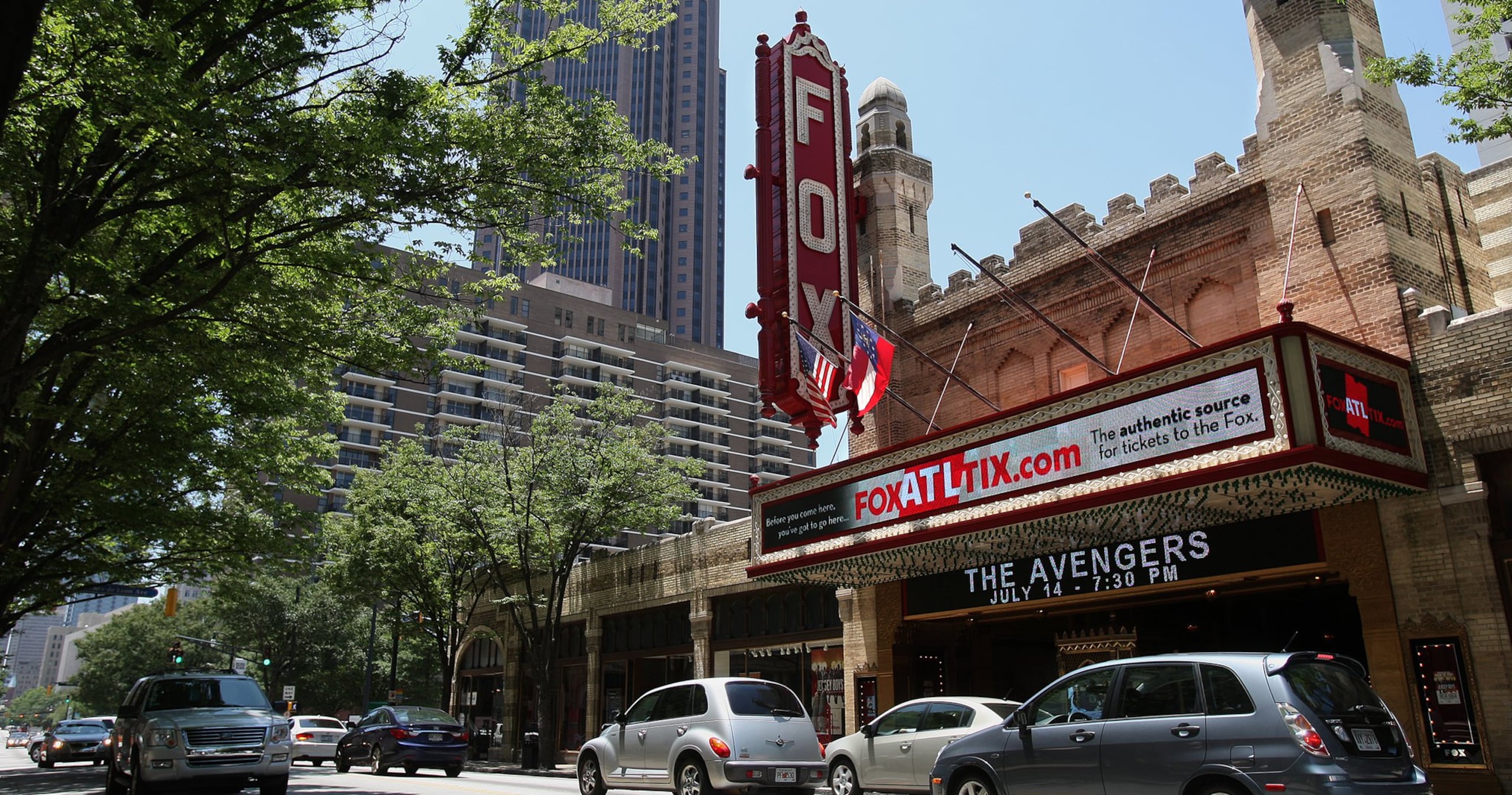5 things you never knew about Peachtree Street

Peachtree Street runs north and south, directly through the history of Atlanta. Although there are no direct highway interchanges between Peachtree and its meetings with the Downtown Connector and Ga. 400, the road remains the spine of our metropolitan landscape and one of the most prominent roads in the South. And for Peachtree Street, there are thousands of stories to tell. Here are five facts about Peachtree Street you might not have known:
It was probably meant to be Pitch Tree Street
Georgia’s capital city grew on lands once home to the Creek people. Among their native villages in today’s Atlanta was a place called Standing Pitch Tree — pitch being another name for a pine tree. The Peachtree Trail was a path that stretched from North Georgia to the Creek’s Standing Pitch Tree. The route was called the Peachtree Trail when over time settlers’ incorrect pronunciation of “peach” overtook “pitch.” The name was forever cemented in 1812 when construction began at the site of the old Peach (or Pitch) tree trail on a project that would be called Peachtree Road. This road began at Fort Daniel (in present-day Gwinnett County) and ran the trail to the Chattahoochee River. Portions of Peachtree Street today still trace that original route.
A tragic death
“Gone With the Wind” is commonly accepted as one of Atlanta’s historical artifacts. It was written in the basement of a boarding house on Peachtree Street and set in Atlanta, and later saw its debut at the Loew’s Grand Theatre on Peachtree. But it may come as a surprise to know that Peachtree Street was ultimately the demise of the novel’s author. Margaret Mitchell was struck by an off-duty taxi driver driver near Peachtree Street and 13th Street while en route to see Canterbury Tale at the Peachtree Arts Theatre. Although she was rushed to Grady Hospital, Mitchell never regained consciousness and died five days after the incident on Aug. 16, 1949.
The big race is actually the biggest race
While you are likely aware of the city’s annual Fourth of July kickoff — the AJC Peachtree Road Race — you may not know that the Peachtree is, in fact, the world’s largest 10k. More than 60,000 participants run the 6.2-mile haul from Lenox Square to Piedmont Park.
The truth intersects the continental divide
It’s sometimes shared in passing that Peachtree Street follows the Eastern Sub-Continental Divide. In actually, this high landmark runs east to west through the city, whereas Peachtree Street runs mostly north-south. The divide marks the point where water to the south flows to the Atlantic Ocean and water to the north feeds into the Gulf of Mexico. The “Native Waters” mural along Dekalb Avenue and the actual path of the divide celebrates this hydrological point with images of Georgia rivers and their associated plants and animals. A small portion of Peachtree Street actually does follow the divide, however — this fact was solidified when Whitehall Street took on the Peachtree moniker in the 1980s.
Coke put a little pep in the Peachtree step
Everyone knows that Coca-Cola is an Atlanta institution. But give Peachtree Street some credit. In late 1885, when Atlanta passed legislation that would usher in a brief period of prohibition, local pharmacist John Pemberton marketed the syrup that became a key ingredient in Coca-Cola at Jacob’s Pharmacy on Peachtree Street in Five Points. Although some say the drink originated in the city of Columbus, it’s a fact that customers drank the syrup, mixed with carbonated water, early on at the pharmacy on Peachtree Street.
This story was originally published by Adam Kincaid in 2015 and has since been updated.
